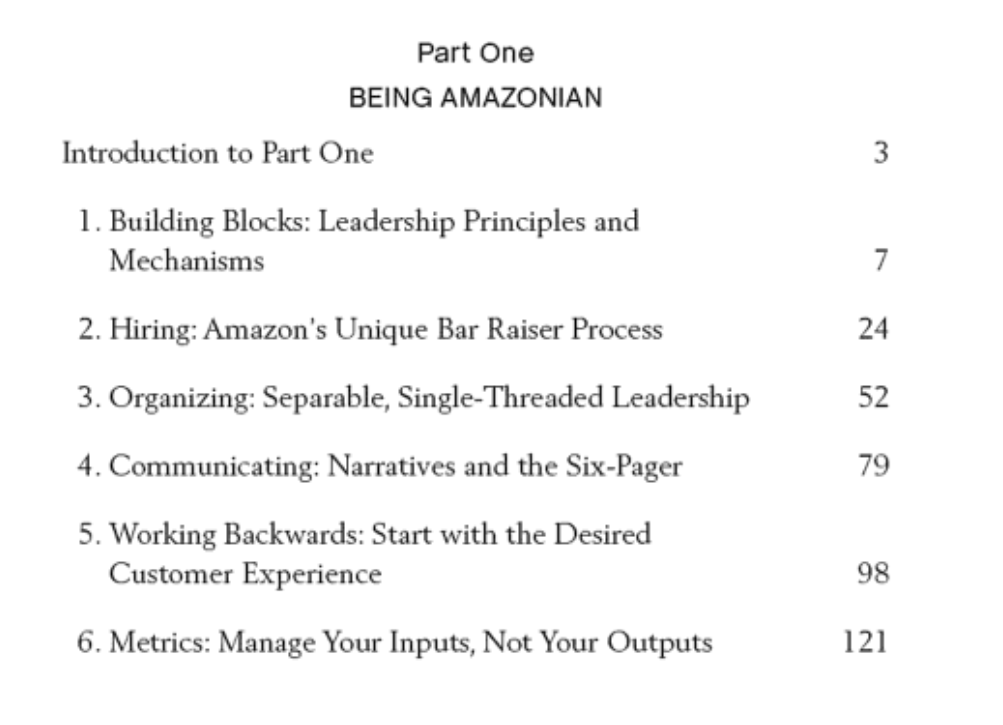"Working Backwards" is a very good book for product leaders to read. It builds on 6 core Amazon principles AND tells the story of 4 key amazon projects. Written by @cbryar (12+) and @BillCarr89 (15+ yrs) of Amazon. 1/ https://smile.amazon.com/Working-Backwards-Insights-Stories-Secrets/dp/1250267595/">https://smile.amazon.com/Working-B...
2/ My normal caveat is that I tend to like books that tell the story and tools a company used but don& #39;t try too hard to tell you that you should do what they did or "use these tools". I& #39;m hardcore about this because I think context, domain, and people make all the difference.
3/ I& #39;ve seen far too often business leaders adopt the low-friction/readily adoptable part of such expressed lessons, and then get frustrated things don& #39;t work. I& #39;ve even seen this happen when one part of Microsoft tried to lift parts of what another team did.
4/ This is especially the case when there are specific "artifacts". I& #39;ve seen this happen with my book "One Strategy". That should be a caution not a reason not to buy and enjoy this book.
5/ The 6 chapters of Part I go through some of the essential elements of "being Amazonian". I think each of these are the key aspects of any well-run org with solid descriptions of why/how/what. I walked away feeling they did a great job saying "do this, not that" so here you go:
6/ 1) Leadership principles written down >> Mission statements. Writing down "how" the company should operate is a great way to approach versus writing down the goals of the org. Amazon has expanded and iterated a bit which is discussed.
7/ 2) Bar raising >> hiring manager. No surprise given common ancestry but the idea of having a core dedicated group that owns hiring decisions versus relying on a hiring manager (with the opening) is superior. Microsoft called this "As Appropriate" and is discussed.

 Read on Twitter
Read on Twitter


